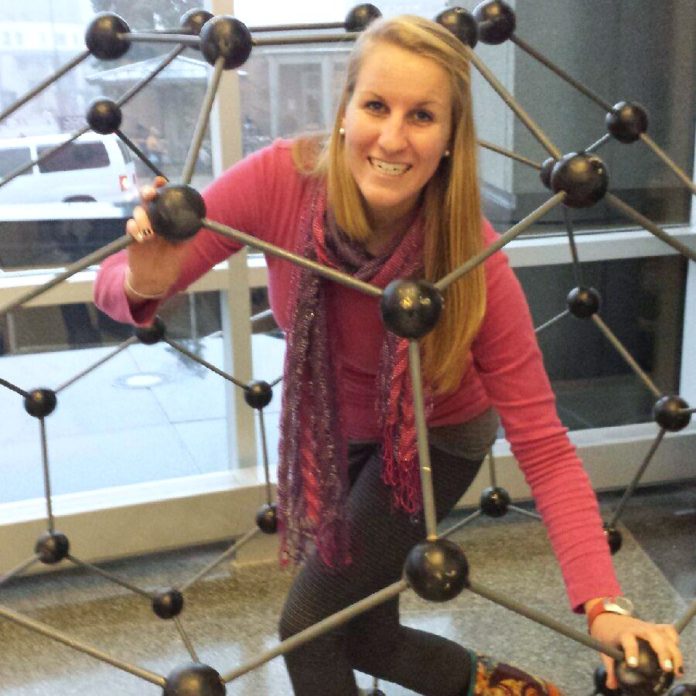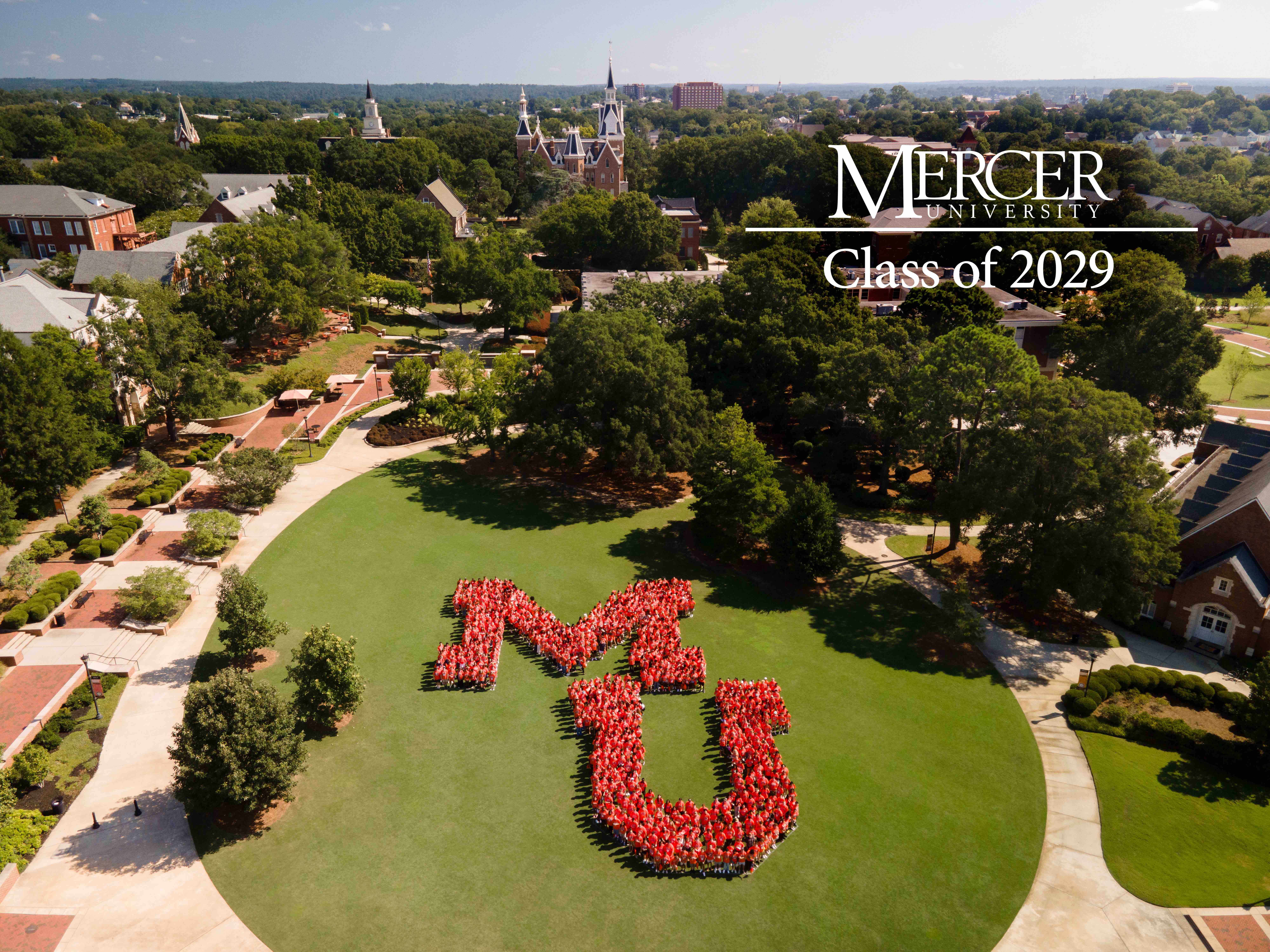MACON – Mercer University alumna Kasie Knapper (CLA '13), now a Ph.D. student in analytical chemistry at the University of Wisconsin–Madison, has received a National Science Foundation (NSF) Graduate Research Fellowship (GRF).
She is one of 2,000 master's and doctoral students from the United States representing various scientific disciplines to be awarded a GRF from 16,500 applicants in 2015.
Knapper, who majored in chemistry and psychology at Mercer, conducted research in the lab of Dr. Kathryn Kloepper, assistant professor of chemistry, to investigate the role environmental conditions play in metal release from kaolin, a common mineral used in a wide variety of everyday products.
“Kasie was an excellent, engaged undergraduate researcher. She started research with me her freshman year and continued until graduation. She also had two different summer research experiences – one as a Mercer On Mission service-researcher in Mozambique and another as part of a Research Experience for Undergraduates at the University of Notre Dame,” said Dr. Kloepper. “Kasie is passionate about chemistry research, and I am thrilled that she is being recognized with this award.”
“I would never have made it to this point without the support and guidance of the Mercer chemistry faculty,” said Knapper. “Their commitment to providing students with unique research opportunities allowed me to conduct research locally and abroad. These experiences inspired me to pursue a graduate degree in chemistry.”
Currently, Knapper is working in the lab of Dr. Randall Goldsmith, assistant professor of chemistry at UW–Madison, to study chemical and biophysical systems via single-molecule techniques.
“My graduate research has been primarily focused on developing a technique for conducting single-particle absorption spectroscopy,” she said. “We use whispering gallery mode microresonators as ultrasensitive thermometers to detect very small changes in local temperature induced by the optical pumping of objects on the surface of the resonator. The sensitivity of this detection platform allows us to characterize systems of interest at the single-particle level.
“My future research will be focused on developing this technique so that it can be used over a broad range of wavelengths, and then using the technique to conduct visible spectroscopy on the single-molecule level.”
The NSF Graduate Research Fellowship Program recognizes and supports outstanding graduate students in NSF-supported science, technology, engineering and mathematics disciplines who are pursuing research-based master's and doctoral degrees at accredited U.S. institutions. For more information, visit www.nsfgrfp.org.










